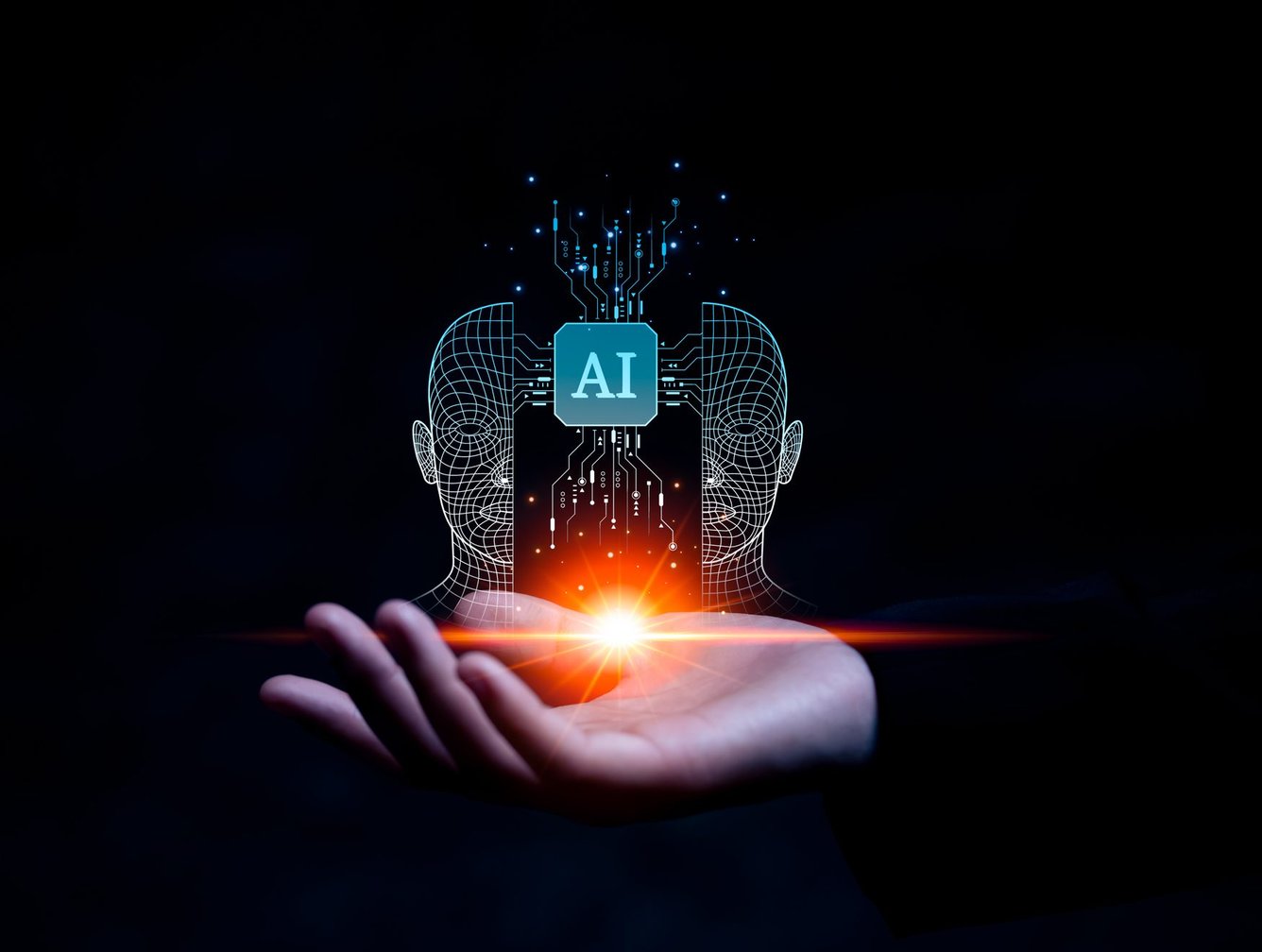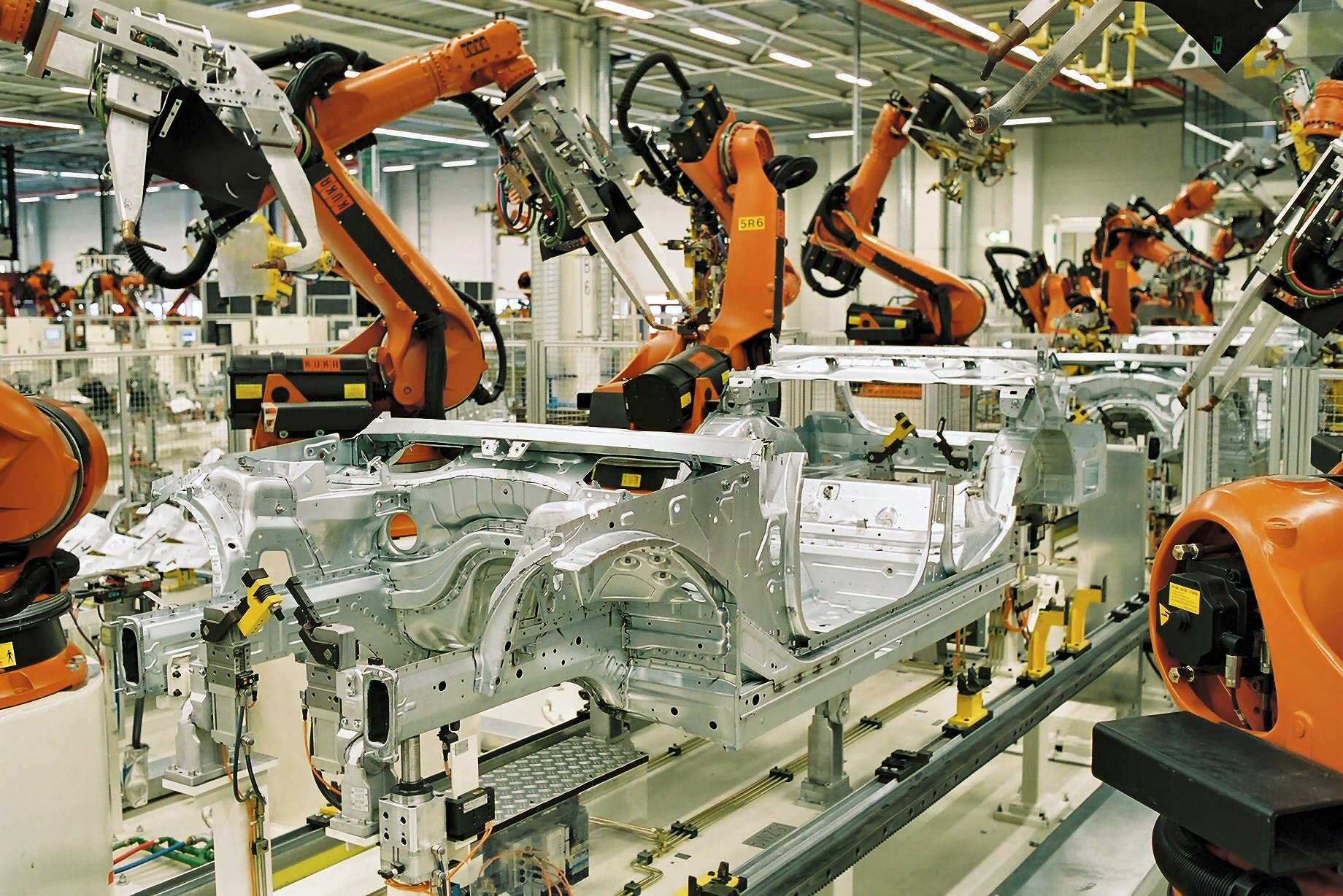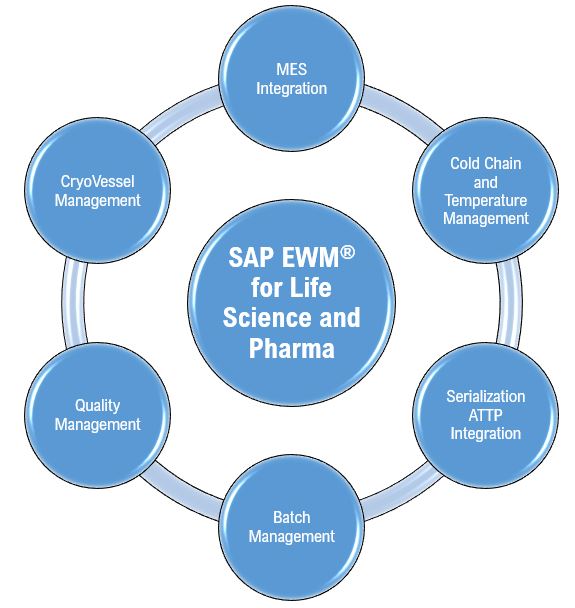Windsurf’s SWE-1 is a family of AI models specifically designed for the entire software engineering workflow, not just code generation or completion. It marks a significant shift in how AI assists developers, aiming to accelerate the development process by understanding and supporting a broader range of tasks.
What makes Windsurf’s SWE-1 unique?
- Beyond Just Coding: Traditional AI coding tools often excel at generating code snippets or offering autocomplete. Windsurf’s SWE-1 goes beyond this by focusing on the holistic software development lifecycle. This includes tasks like:
- Reasoning over incomplete code states.
- Interfacing with various development tools (terminal, browser, editor).
- Managing long-lived development tasks.
- Debugging and refactoring.
- Understanding user feedback.
- Maintaining context across multiple files and sessions.
- Flow Awareness: A key innovation behind SWE-1 is its “flow awareness.” This means the AI model has a continuous and shared understanding of what both the human developer and the AI are doing across different tools and stages of development. This allows for:
- More intelligent handoffs between human and AI.
- Maintaining long-term context in complex projects.
- Seamless integration with existing workflows.
- SWE-1 Model Family: Windsurf has introduced three versions of SWE-1, each tailored for different performance and speed needs:
- SWE-1: The flagship and most powerful model, designed for advanced reasoning and complex software engineering tasks. It’s positioned as competitive with leading frontier models like Claude 3.5 Sonnet in tool usage.
- SWE-1-lite: A smaller, more efficient model that replaces Windsurf’s previous “Cascade Base” model. It offers improved quality and is available to all users.
- SWE-1-mini: A lightweight and fast model that powers the passive “Windsurf Tab” experience, providing real-time feedback and predictions.
- Training and Innovation: SWE-1 was trained using insights from Windsurf’s own IDE, the Windsurf Editor. This allowed them to develop models that understand real-world developer behavior, including multi-surface work (terminal, browser, editor) and adapting to human-in-the-loop workflows.
- Real-World Impact: Windsurf has demonstrated SWE-1’s effectiveness through both offline benchmarks and blind production testing. Metrics like “daily lines contributed per user” and “contribution rate” showed that SWE-1 helps users write more and better code in real-world scenarios.
How SWE-1 impacts Developers and DevOps Teams?
- With optimized cross-surface workflows, they can easily jump between code, terminal, testing, and debugging.
- High‑quality suggestions can help them adapt mid‑stream to their corrections.
- Maximum productivity can be achieved by reducing context‑switching fatigue with flow-aware features.
In essence, Windsurf’s SWE-1 is designed to be a comprehensive AI software engineer, capable of assisting developers throughout the entire development process, rather than just providing isolated coding assistance.











